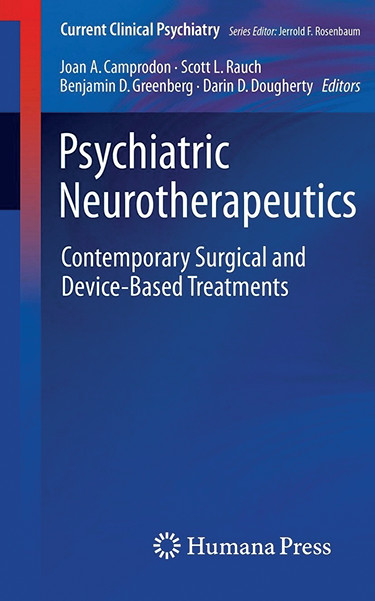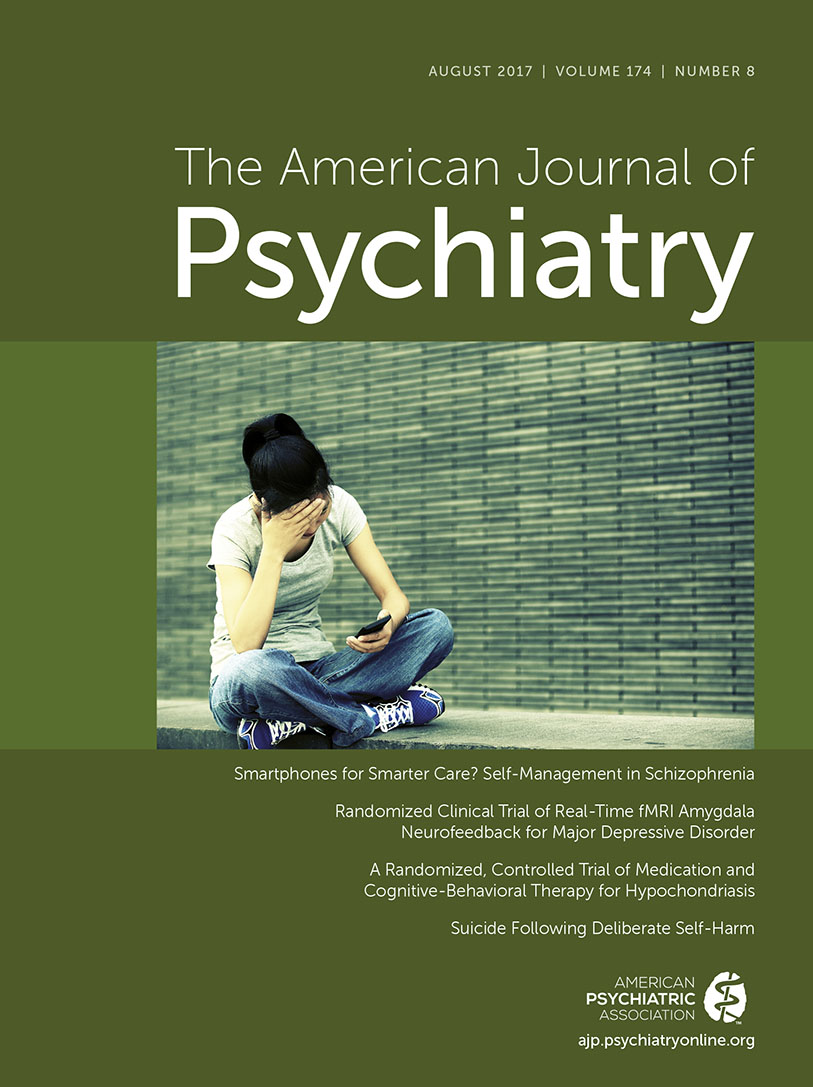These are exciting times in psychiatric research. After many decades of being wedded to pharmacological interventions as the primary somatic therapy for mood and anxiety disorders (with ECT being the one exception), new paradigms based on neurostimulation are increasingly studied. Advances in neuroimaging techniques and early understanding of the brain “connectome,” the comprehensive map of neural connections, often aberrant in illness, have given new insights and new potential targets for somatic therapies. For many clinical researchers in affective disorders, the paucity of novel targets beyond the monoamine hypothesis (modulating serotonin, norepinephrine, or dopamine) has driven investigation into the development of implantable and external neurostimulation devices with the goal of modifying pathological brain activity or connectivity electrically or magnetically rather than pharmacologically. The field of neurostimulation, once restricted to academic medical centers, is expanding rapidly with transcranial magnetic stimulation (TMS) practices opening worldwide. A slim new volume from the Current Clinical Psychiatry series by Humana Press has the lofty goal of capturing the current state of brain stimulation, from discoveries in basic neuroscience and neuronal connectivity in both human and animal models (including learning from neurosurgical ablative techniques) to finding its way toward the variety of clinical practices: ECT, TMS, vagal nerve stimulation (VNS), and deep brain stimulation (DBS). The editors have assembled an impressive group of authors who provide fine insight into their specific areas, but there is an absence of cohesion between chapters that diminishes the overall impact. There is a bias toward the heavy inclusion of rarely used neurosurgical ablations and speculation about the future role for neurosurgery, while noninvasive interventions, such as direct current stimulation, although not cleared by the Food and Drug Administration, are omitted.
The book starts off well with an excellent description of current concepts in the biology and neuroanatomy of depression, which provides an introduction to the more in-depth analysis of neuronal connectivity and treatment paradigms to follow. The subsequent chapter on the foundations of obsessive-compulsive disorder (OCD) provides background on its diagnosis, epidemiology, and pharmacological treatment but offers no perspective on neurophysiology and seems incomplete given the intended scope of the book. The third chapter, delving into the state of understanding of the neurocircuitry of depression and OCD, provides the critical central focus of the book. It contains a much-appreciated summary of the complicated and extensive research done to date on mapping these illnesses through neuroimaging. I have not seen such concise and thoughtful coverage of these topics elsewhere. The subsequent chapters on neurostimulation techniques (e.g., ECT, TMS, VNS, and DBS) are each strong offerings but vary greatly in the balance of clinical and basic science information. Most chapters are extensively referenced, but some chapters do not reference or discuss the most recent literature, despite its relevance to current clinical decisions. There is a chapter on ablative psychosurgery, a very unusual intervention in contemporary psychiatry, in the middle of the chapters on clinical neurostimulation. This section is very informative and is in keeping with the overarching theme of neuronal pathways and how they may be altered, but it might be better grouped with the final chapters on ablative surgeries in animals and the future of neurosurgery in psychiatry rather than placed in the midst of more usual clinical interventions.
Overall, this text offers valuable insights into the current thinking about neuronal connectivity and device-based treatments for psychiatric illness, but it functions as a collection of individual articles without the threads to tie them into a more united theme. Too many chapters start with an overview of the same information on what constitutes treatment-resistant depression.
Given the growing appreciation for the role of the connectome in psychiatric illness, the use of electrical and magnetic interventions will dramatically increase. This book provides a worthy introduction to the current research and clinical paradigms of device-based neurotherapeutics. Future editions should include better integration of the chapters to take the quality of the text from very good to excellent.


